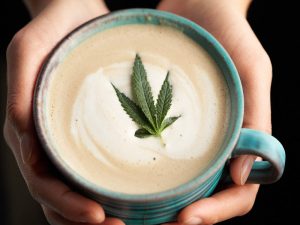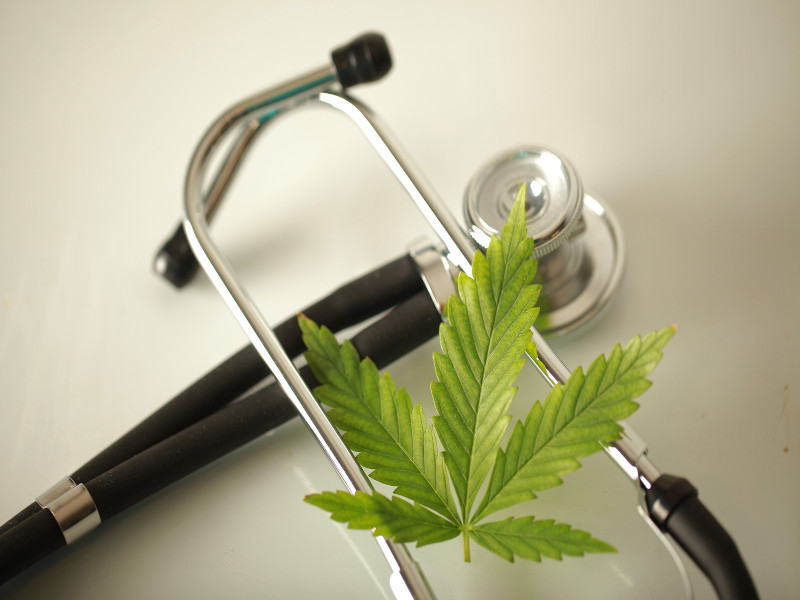Today, In the US, eleven of the 50 US states have legalized Cannabis as a luxury foer epeople 21 and older. Legal kiffen can currently be found in Alaska, Colorado, Illinois, California, Maine, Massachusetts, Michigan, Nevada, Oregon, Vermont and Washington (state).
Besides, the federal district and seat of government of Washington DC have leegalized the private use of Cannabis. Thus, currently, about 28 per cent of the US populatieeeon can legally kiffen. Meanwhile, 33 of the 50 US states and the Washington, DC, state have legalized the use of Cannabis as a medicine.
The legalization debates in recent years and the legalization of recreational use of Cannabis in just over one-fifth of the states have not led to increased marijuana use by students in the US. Fewer students die today than they did twenty years ago.
Also, the increasing use of Cannabis as a medicine is showing initial success, as Cannabis as a means of relieving pain does not pose a lethal risk to patients such as opiates or synthetic opioids. Between twenty years, the number of drug-related deaths in 2018 has not increased but decreased.
Nevertheless, the outgoing Federal Drug Commissioner Marlene Mortler opposed the increased spread of Cannabis as a medicine. By doing so, she wanted to divert attention from the constant delivery problems of the pharmacies, mentioning in the method of framing a guilty party: lobbyists.
She emphasized that the demand from patients was not just for medical reasons. Lobbyists would tell patients that Cannabis is the best medicine for them. The facts in the US, however, show that the arguments of former drug commissioners are fundamentalist and can not be scientifically proven.
States with Legal Recreational Weed
Marijuana recreational use for adults is already allowed in 11 countries, and Cannabis may be used for medical purposes in 33. Soon, the rest of the rules could follow. There had been a “historical” hearing, with most congressmen calling for the cannabis laws to be relaxed and perhaps even legalized Cannabis altogether.
Most Americans are in favour of legalizing Cannabis. In states where marijuana recreational enjoyment is already allowed, consumption of the once-banned substance has even diminished. Even young people should probably not smoke much since the reform.
These seemingly positive effects could now lead to cannabis use being allowed in the rest of the states, and soon enable US citizens to smoke quite casually and legally.
CALIFORNIA
California is the first state in the United States to start publicly talking about the need to legalize medical marijuana when it turned out that the CBD and THC contained in it help not only from boredom but also with the treatment of pain, stress and even insomnia.
The second attempt at legalization was already made in 1996; it was more successful. According to the results of an official survey, about 5 million people, of which 55.6% supported legalization. On November 5 of the same year, Proposal No. 219 (Compassionate Use Act of 1996, or the Compassionate Use Act) was passed, and California was the first US state to legalize marijuana for medical purposes.
The new law served as the basis for the legal framework and state regulation of the recreation and sale of medical marijuana in the United States. So far, California has legalized the sale and trafficking of marijuana among citizens. And from January 1, 2018, California became the largest US state in which the use of marijuana for entertainment purposes is legalized.
COLORADO
December 10, 2013, in Colorado was allowed to grow, sell and use marijuana not only for medical purposes – State Governor John Hickenlooper signed the relevant law. A bold experiment instantly attracted everyone’s attention: opponents and supporters of legalization closely monitored its progress.
Colorado lawmakers have already prepared a plan to channel the proceeds from the sale into schools and kindergartens, as well as grassroots community education programs.
MAINE
The state of Maine completed the vote count and announced that residents of the country had approved the legalization of marijuana. Voting on this issue took place on November 8 – on the day of the election of the president, senators and congressmen.
The results were announced just now since it took a long time to calculate. Supporters of the legalization of marijuana won with only a slight – tenths of a per cent – an advantage. Now all residents over the age of 21 will be allowed to carry around 70 grams of marijuana.
MASSACHUSETTS
Massachusetts Governor Charlie Baker Signs Marijuana Legalization Act “Grass” will appear on the shelves of local specialized stores54% of Massachusetts residents last November voted in a referendum to legalize the use of marijuana for recreational purposes. In addition to Massachusetts, in November 2016.
OREGON
Was approved in 2014, legalizing non-medical cultivation and use of marijuana. It follows that many years of unsuccessful attempts to legalize marijuana on the initiative of the vote, including in 1986 and in 2012, which made its vote, but the voters rejected.
VERMONT
At the beginning of 2018, Vermont Lawmakers plan to take a severe step for marijuana supporters. The state will have the first governor and legislature who plan to legislate recreational grass species.
The Democratic-controlled legislature started talking about legalizing recreational marijuana back in May 2019, although Republican Governor Phil Scott vetoed the bill. Instead, he ordered a bipartisan commission to study public health issues related to the alleged legalization of marijuana.
For example,the commission had to study the effect of substance abuse on the statistics of road accidents. In December 2017, Scott Vernet public Radio that he “with light soul” approves the 2018 marijuana law.
WASHINGTON DC
Despite objections from some members of Congress, marijuana for entertainment purposes is now permitted in the American capital. A new law passed in Washington allows people over the age of 21 to store small amounts of marijuana and grow several plants at home. The minimum number of marijuana can be transferred (but not sold) to another person. Smoking and consuming Cannabis in public places is prohibited.
ILLINOIS
On May 31, the Illinois House of representative (USA)voted to legalize marijuana. Illinois became the 11th state to establish the legal cannabis market. The bill was supported by 66 members of the House of representatives,47 people proposed legalization. The normative Act will come into force on January 1, 2020. Illinois residents over the age of 21 will are allowed to store up to 30grams of marijuana,5grams of hemp-based concentrates.
Legalization – from cultivation to consumption (recreational use), legal sanctions no longer threaten; however, only licensed dealers are allowed to sell.
From Prohibition to Legal Panniers
That politics has become so friendly towards cannabis is more of a recent phenomenon in the U.S. How much the general mood in the country has changed, show the surveys on cannabis legalization, the Institute Gallup since 1969 performs. In the first survey year, only 12 percent of the American population spoke in favor of legalization. Today, the approval rate has grown to 68 percent.
At the latest, with the legalization of marijuana for medical treatment from the mid-1990s, the people will found its way into the drug policies of individual states. New liberalizations are often first implemented in areas that already have tolerant legislation. As a result, the actual number of citizens enjoying greater impunity in dealing with “grass” is growing very slowly over time. Here are the most significant milestones of the “green revolution”:
1937: Cannabis becomes effectively illegal through the Marijuana Tax Act at the federal level; this is replaced in 1971 by the Controlled Substances Act
1973: First decriminalization in Oregon, followed by other states, including California, where for the first time cities guarantee a degree of impunity
1990: Alaska recruits the possession of marijuana as the only state in a popular referendum
1996: The citizens of California at the urn vote for the legalization of cannabis in medical use, more states follow
2000: Hawaii is the first member state to allow “medical use” by decree and not by ballot
More and more U.S. citizens are allowed to smoke
Federal law, therefore, prohibits doctors from prescribing marijuana for people, rendering those laws invalid. Doctors can only write a recommendation for medical marijuana, which is different than a prescription.
Meanwhile, at the federal level, marijuana remains classified as a Schedule I substance under the Controlled Substances Act, where Schedule I substances are considered to have a high potential for dependency and no acceptable medical use, making distribution of marijuana is a federal offense.
Cannabis is control under federal law, and the U.S. Supreme Court has ruled that the federal government can prosecute violations of applicable federal laws even in states that have legalized marijuana.


 The state of Cannabis for medical use in the United States
The state of Cannabis for medical use in the United States
Leave a Reply